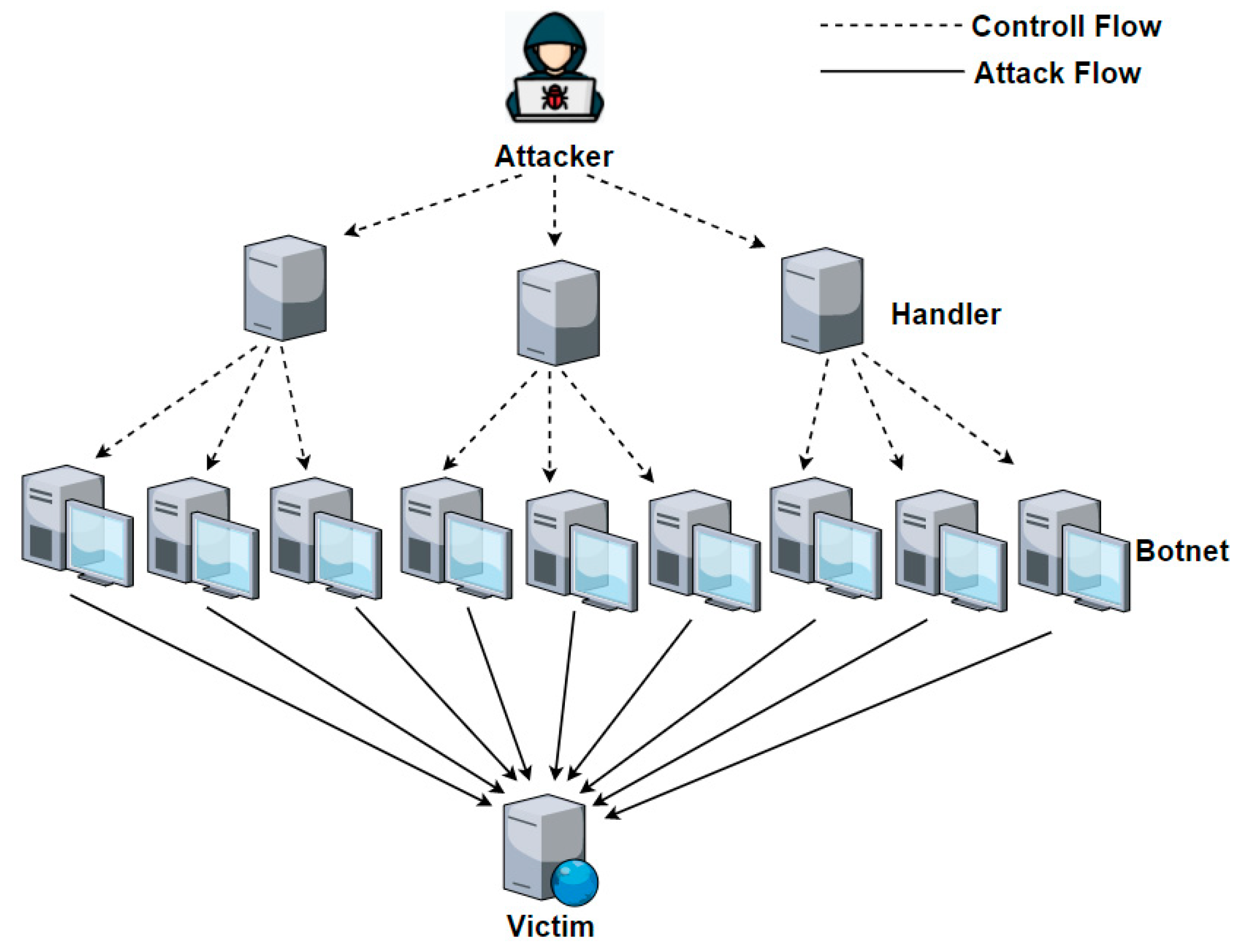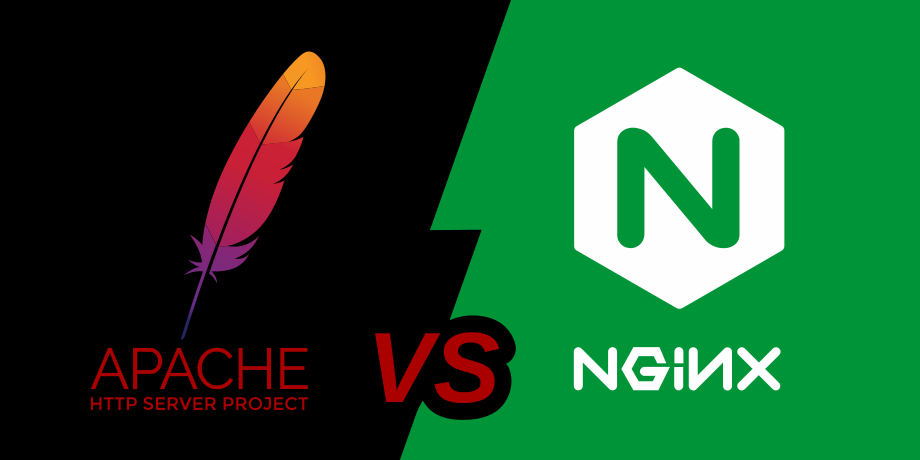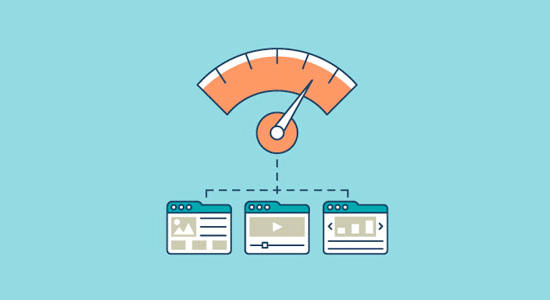If you’re like most website owners, you’re concerned about how to prevent and stop DDoS attacks. Fortunately, there are many ways to protect yourself, and all of them are relatively easy to implement. Here are four tips for stopping DDoS attacks:
What is a DDoS attack?
A DDoS attack is a type of cyberattack that uses a large number of requests to overload a target’s network or computer systems. A DDoS attack can be carried out by attacking a website’s server, or by flooding the site with fake online traffic. A DDoS attack can be used to disrupt a website’s operations, damage its reputation, or even steal sensitive information. A DDoS attack can be done for any purpose, but is most commonly used to sabotage websites or to protest online content.
What are the different types of DDoS attacks?
A DDoS attack can be classified based on the target of the attack. A DDoS attack can be directed towards a specific website, or it can be indiscriminate, targeting any website that appears on a list of targets.
A DDoS attack can also be classified based on how the attack is carried out. A DDoS attack can be conducted through the use of bots, which are automated programs that flood a website with requests in an attempt to cause system overload and crash the site. Or, a DDoS attack can be conducted through the use of speed hacking tools, which are used to bombard a website with requests at such a high rate that it temporarily slows down or crashes.
A DDoS attack can also be classified based on the motive of the attacker. Some attackers use DDoS attacks for financial gain, by crippling a website so that it cannot generate revenue. Others use DDoS attacks for political purposes, by trying to shut down opposing viewpoints. And still other attackers use DDoS attacks for revenge, by disrupting a site whose content they dislike.
A DDoS attack can also be classified based on the method used to amplify the attack. Some attackers use UDP floods, which send a steady stream of packets to target websites. Other attackers use TCP floods, which send large numbers of packets in a short period of time.
Finally, a DDoS attack can be classified based on the type of weapon used to launch the attack. Some attackers use simply their computer’s resources to flood target websites with traffic. Others use more sophisticated methods, like using botnets or viruses to infect targeted computers and then use those computers to distribute the traffic load to the target website.
How can you prevent a DDoS attack from happening?
There are many ways to prevent a DDoS attack from happening, but the most common methods include using a firewall, using a DNS proxy, and using intrusion detection and prevention software.
One of the best ways to prevent a DDoS attack is to make sure your website is properly configured and protected. Make sure that your website is using a firewall, using a DNS proxy, and using intrusion detection and prevention software. All of these will help to protect your website from damage.
Another way to prevent a DDoS attack is to always have a backup plan in place. Even if you believe that your website is properly protected, always have a backup plan in case of an attack. Having a backup plan gives you peace of mind in case something goes wrong.
Educate yourself and your team about the dangers of DDoS attacks and how to prevent them. By educating yourself and your team, you can help to keep your website safe from damage. Be vigilant for any signs that a DDoS attack is happening, and take the necessary steps to protect your website.
How can you stop a DDoS attack once it has started?
If you notice that your website is being attacked by a DDoS attack, don’t wait to act. You can reduce the damage that a DDoS attack can cause by using a firewall, using a DNS proxy, and using intrusion detection and prevention software. However, even with these precautions in place, there is no guarantee that your website will not be damaged. So, make sure that your DDoS defense measures are up to date and effective. And, if you do experience a DDoS attack, be prepared for it by practicing preventive measures.
What are some of the most common DDoS defense tools?
There are many different ways to stop a DDoS attack. Some of the most common tools include using a firewall, using a DNS proxy, and using intrusion detection and prevention software.
Using a firewall can help protect your website from malicious or unauthorized access. Using a DNS proxy can help redirect unwanted traffic away from your website, preventing attacks from reaching it directly. Intrusion detection and prevention software can help identify and stop attacks before they damage your website.
It is important to choose the right tool for your specific needs. Not all tools are suitable for all situations. It is also important to be aware of the risks associated with using DDoS defense measures. While they can be effective in protecting your website, they may also have some associated risks.
How can you be sure that your DDoS defense measures are working?
There are many ways to stop DDoS attacks and protect your website from damage. Some of the most common methods include using a firewall, using a DNS proxy, and using intrusion detection and prevention software.
Some of the most common DDoS defense tools include application layer firewalls, intrusion detection and prevention (IDS/IPS) systems, and DNS proxies. Many of these tools can help block malicious traffic before it can reach your website. However, it’s important to remember that no technology is 100% effective in preventing all attacks.
A proactive approach is always the best way to protect your website from damage. Make sure you have a plan in place for responding to a DDoS attack, and keep track of the progress of your DDoS defense measures so you can see if they are working.
What are some of the possible risks associated with using DDoS defense measures?
There are a number of risks associated with using DDoS defense measures, including potential data loss and website downtime. Make sure you understand the risks and always consult a professional if you have any doubts about your strategy. Be aware of the possible legal repercussions of using DDoS defense measures, especially if you are targets of copyright infringement or cyberbullying. Remember that there are also risks associated with not taking any action against a DDoS attack, including potential financial losses for your business.
Some of the most common methods to stop DDoS attacks and protect your website from damage include using a firewall, using a DNS proxy, and using intrusion detection and prevention software. There are many different types of DDoS attacks, and it is important to be aware of what they are in order to prevent them from happening. However, it is also important to be prepared for a DDoS attack to happen, and to take steps to stop it once it has started. Using DDoS defense measures can be risky, but it is important to weigh the risks and benefits before making a decision.



